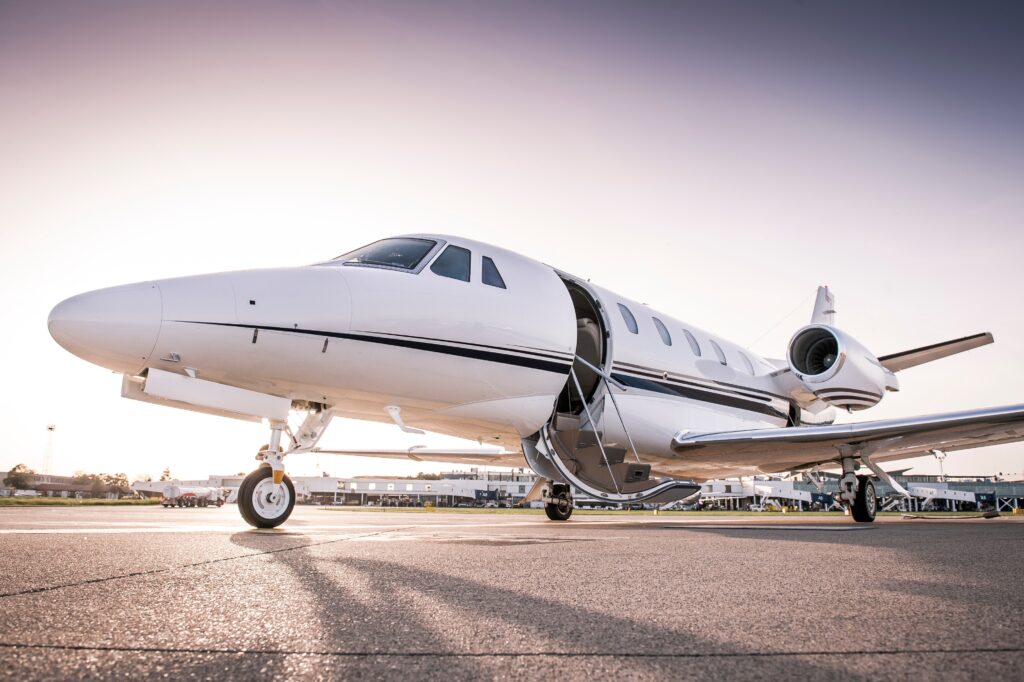Latin America’s bright future of the Aviation industry
The decade of the 2000 became the time of greater expansion and modernization of the fleets in the Aviation in Latin America. With 24 years of experience as a pioneer company in Latin American commercial Aviation, South American Jets is pleased with the evolution of the sector over two decades in the pursuit of innovation and excellence.
Looking at the ground covered so far and long-term projections for the future, I have observed three important stages in the Aviation sector’s growth. The first stage, covering the 1980s, is characterized by government control of most airlines in the region. During this time, state airlines operated precarious and obsolete fleets. They were frequently at serious disadvantage as the market was dominated by foreign corporations such as American Airlines, Delta, Air Italia or Air France.
The second stage began in the early 1990s, when most Latin America’s airlines moved to the private sector and started modernizing their fleets. In fact, by the end of the 20th century, the average age of airplanes in South America had decreased from 20 years old to 15. For example, in 1998 TACA (which later became part of Avianca), LAN and TAM (which merged into Latam Airlines Group two years ago) came together to purchase 90 Airbus aircraft. This collective effort is one of the greatest achievements in the region’s recent history and a milestone marking the beginning of an impressive growth rate.
Finally, the first decade of the 21st century became the age expansion as fleets modernized and low cost airlines, such as Azul (a Brazilian company) and Viva Colombia (a Bogotá-based firm), increased their business. It is also worth noting that Latam Airlines Group and Copa Airlines have tripled their combined fleet (more than 600 aircraft) and destinations since 2010. The strategic mergers and alliances formed during this era produced a new generation of long range airlines, who now boast significant buying power within the aviation market.
Furthermore, the average age of operating aircraft, owned by Latin American companies, is decreasing considerably, going from 15 years to 9.5 years since 2005. Consequently, Latin America and the Caribbean’s fleets are, on average, younger than any other fleet in the world.
So, what does the future hold? Well, most experts and data provided by the world’s largest aircraft manufacturers (Boeing, Airbus, Embraer, and Bombardier) confirm that the future of Latin America’s aviation industry is very promising. Although some countries are currently in recession, air traffic demand is growing at an annual rate of 5.6% (which surpasses projections for the rest of the globe). In other words, the region’s aeronautical sector will have to double – or even triple – its fleet over the next 20 years to meet this growing demand, especially in regional and domestic markets. In fact, the biggest purchase orders are already coming from Latin American companies.
Furthermore, by 2034, nine of the world’s 91 aviation mega-cities (cities bringing together more than 10,000 long-haul passengers per day) are expected to be found in Latin America and the Caribbean. This means that Santiago de Chile, Mexico City, Cancun, Panama City, Bogota, Rio de Janeiro and Lima will join the already existing mega-cities of Sao Paulo and Buenos Aires (where South American Jets is based).
These considerations confirm that the growth of the region’s aeronautical sector and the massive investments planned by North America’s, Asia’s and Europe’s largest airlines are not a recent and fleeting phenomenon. As we can see, this growth and long term investment are the results of a long, hard but productive path followed by leading companies such as South American Jets.
Max Brog
CEO
South American Jets
